What size unit should I get, including dehumidifier?
swampwiz
14 years ago
Related Stories

DECORATING GUIDES7 Reasons to Include a Little Gloss in Your Decor
High-shine finishes look good, are practical and can infuse your home with an air of glamour
Full Story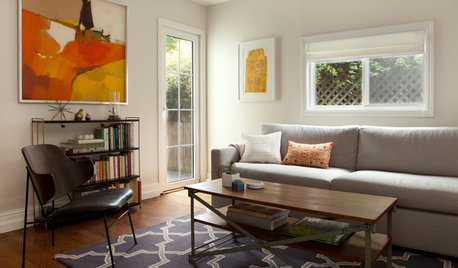
ECLECTIC HOMESMy Houzz: Stylish City Living, Toddler Included
Natural fabrics and nontoxic furniture make for a home that’s as beautiful as it is family friendly
Full Story
LIFEThe Polite House: How Can I Kindly Get Party Guests to Use Coasters?
Here’s how to handle the age-old entertaining conundrum to protect your furniture — and friendships
Full Story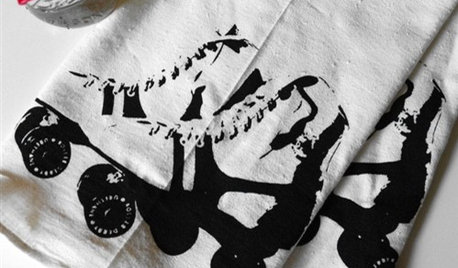
EVENTSGet Out and Get Inspired! 7 Top Design Events
See what's on the Houzz list of things to see and do Sept. 16-Oct. 7, 2011
Full Story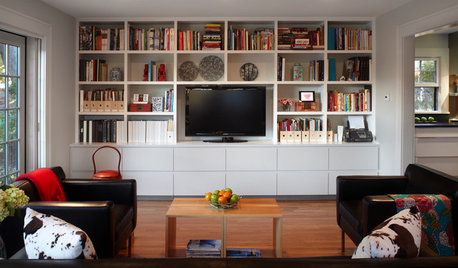
GREAT HOME PROJECTSHow to Get That Built-in Media Wall You Really Want
New project for a new year: Tame clutter and get a more stylish display with a media unit designed to fit your space just right
Full Story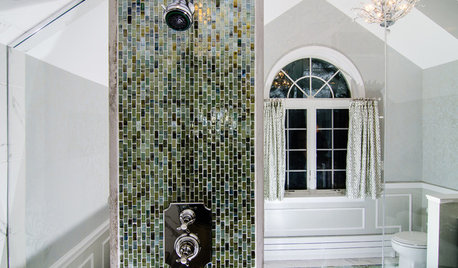
BEFORE AND AFTERSA Chilly Massachusetts Bathroom Gets the Hotel-Spa Treatment
Luxurious details including a steam shower and radiant-heat flooring create a relaxing private master bathroom for a couple
Full Story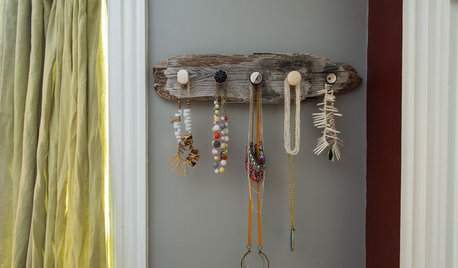
STORAGEStroke of DIY Genius: Get Hooked on These 15 DIY Storage Hacks
These DIY homeowner ideas include a repurposed vintage tennis racket and reclaimed-wood pieces
Full Story
HEALTHY HOMEGet Cleaner Indoor Air Without Opening a Window
Mechanical ventilation can actually be better for your home than the natural kind. Find out the whys and hows here
Full Story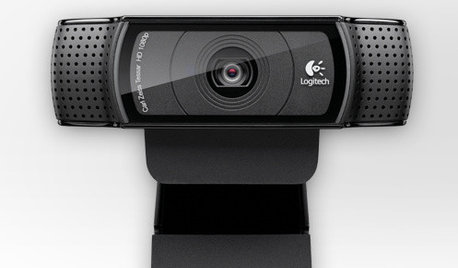
HOME TECHTech to the Rescue: How to Get Stolen Gadgets Back
Catch any crook who dares steal devices from your home with recording and tracking technology that's easy to use
Full Story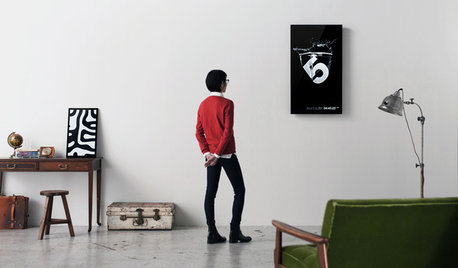
ARTNew Digital Art Frame Gets Put to the Test
Our writer sets up the EO1 at home, then invites artist friends over for a look — at images of their own work. See what they have to say
Full StorySponsored
Your Custom Bath Designers & Remodelers in Columbus I 10X Best Houzz
More Discussions







daddo
veesubotee
Related Professionals
Downey Solar Energy Systems · Quincy Solar Energy Systems · Randolph Solar Energy Systems · Melville Solar Energy Systems · Asheville Home Automation & Home Media · Danville Home Automation & Home Media · Inglewood Home Automation & Home Media · Medford Home Automation & Home Media · Milton Home Automation & Home Media · San Marino Home Automation & Home Media · West Chester Home Automation & Home Media · West Elkridge Home Automation & Home Media · South Euclid Home Automation & Home Media · Norridge Fireplaces · Silver Spring FireplacesswampwizOriginal Author
zver11
srercrcr
energy_rater_la
swampwizOriginal Author
weedmeister